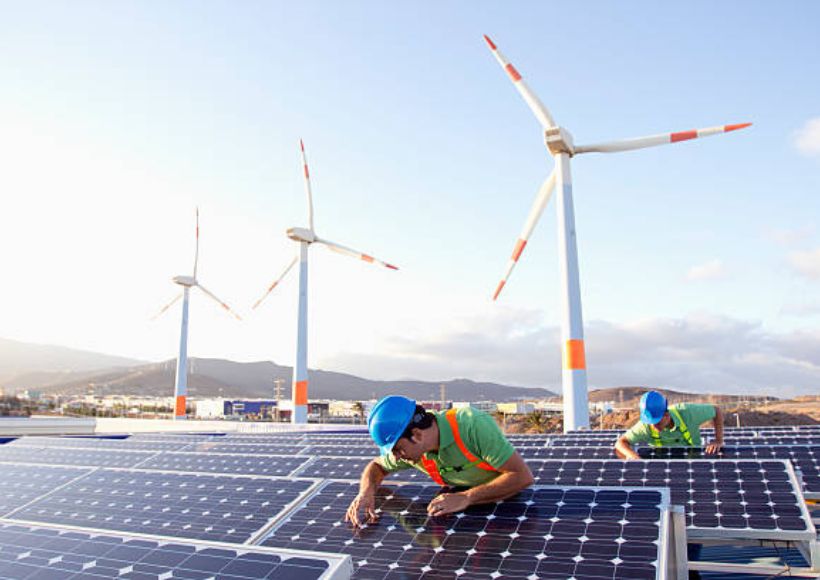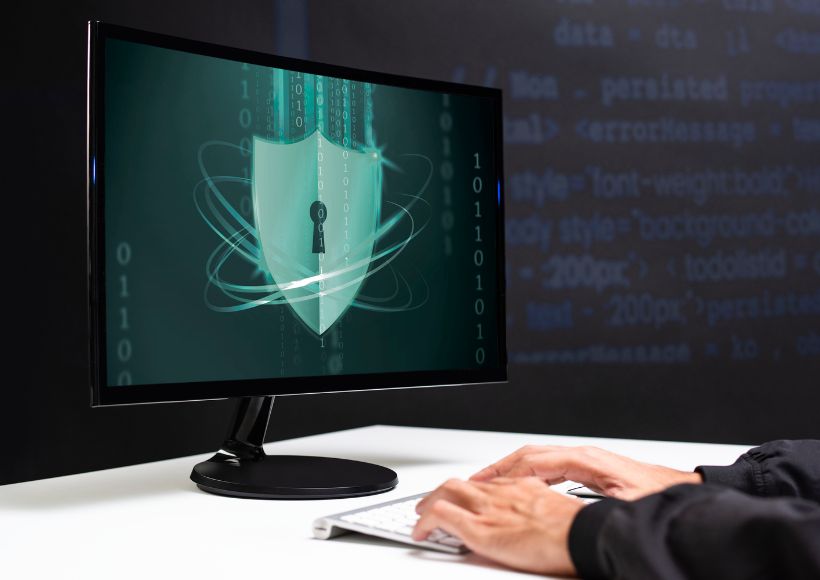What Is Wind Energy And How It Works?

What Is Wind Energy?
What Is Wind Energy And How It Works? Wind energy is renewable energy generated by harnessing the kinetic energy of forcing air or wind and transforming it into serviceable electricity. This is generally performed utilizing wind turbines, tall structures with large blades that turn when exposed to wind energy. The rotating blades drive a generator, which then produces electricity.
The primary principle after wind power is that the wind’s kinetic energy is moved to the turbine blades, forcing them to spin. The spinning activity is transformed into mechanical energy, which the generator converts into electrical power. Wind turbines are usually grouped in wind farms, where multiple turbines work together to generate more significant amounts of electricity.
Wind energy is considered a pure and sustainable power source because it does not produce greenhouse gas emissions or additional contaminants during the procedure. It contributes to reducing reliance on fossil fuels and helps mitigate climate change.
Wind power has grown in popularity and has become a significant part of the global energy mix in many countries, especially those with favorable wind conditions. However, the efficiency and output of wind energy generation can be influenced by factors like wind speed, direction, and the design of the turbines.
How Does It Work?
Wind energy is created by harnessing the kinetic energy of moving air and transforming it into serviceable electricity via wind turbines and generators. Here’s a step-by-step explanation of how it works:
Wind Capture:
Wind energy generation begins with the wind blowing across the turbine blades. The energy of the wind causes the blades to spin. The design of the blades is aerodynamic, allowing them to capture and maximize the power from the wind.
Mechanical Rotation:
As the blades spin, they are connected to a central hub and a shaft inside the turbine’s nacelle (the enclosed structure at the top of the tower). The rotating hub and shaft transfer the mechanical energy from the spinning blades to the generator.
Generator Conversion:
Mechanical energy turns a generator inside the nacelle. The generator contains a rotor (connected to the turbine shaft) and a stator. As the rotor spins within the magnetic field of the stator, it induces the production of electricity through electromagnetic induction. This electricity is generated in the form of alternating current (AC).
Power Conditioning:
The AC electricity produced by the generator is initially at varying frequencies and voltages, which need to be adjusted to match the grid’s requirements. Power electronics and control systems within the nacelle convert the AC electricity into a consistent frequency and voltage suitable for transmission. What Is Wind Energy And How It Works?
Transmission:
The generated electricity is sent through cables from the wind turbine to a central collection point or a substation. This involves high-voltage transmission lines that transport the electricity over longer distances to connect with the broader power grid. What Is Wind Energy And How It Works?
Integration Into The Grid:
The wind farm’s electricity is integrated into the existing power grid, where it combines with electricity from other sources. The grid ensures that the electricity is distributed to homes, businesses, and industries for consumption. What Is Wind Energy And How It Works?
Energy Distribution:
Once the wind energy is part of the grid, it travels through transmission lines to reach end-users. Clients access this electricity via power outlets for different purposes, such as lighting, heating, cooling, and powering appliances. What Is Wind Energy And How It Works? What Is Wind Energy And How It Works?
Monitoring And Maintenance:
Wind turbines have sensors and monitoring systems to ensure they operate safely and efficiently. Frequent maintenance and check are crucial to maintain the turbines in optimal condition and contain downtime.
It’s important to note that wind energy production depends on wind speed and direction. Wind turbines are often strategically located in areas with consistent and strong winds to maximize their energy output.
Wind farms can run from a few turbines to hundreds, and they contribute to the overall goal of reducing reliance on fossil fuels and mitigating the environmental effects of energy generation.
Conclusion
Wind energy harnesses the kinetic energy of wind through turbines, generating electricity via mechanical rotation and generator conversion. This clean and renewable process involves capturing wind energy, converting it into electrical power, and integrating it into the grid for widespread consumption. Using natural wind resources, wind energy contributes to sustainable power generation, reducing environmental impact and advancing the transition to cleaner energy sources.
Also Read: What is Metaverse? Characteristics And Activities




